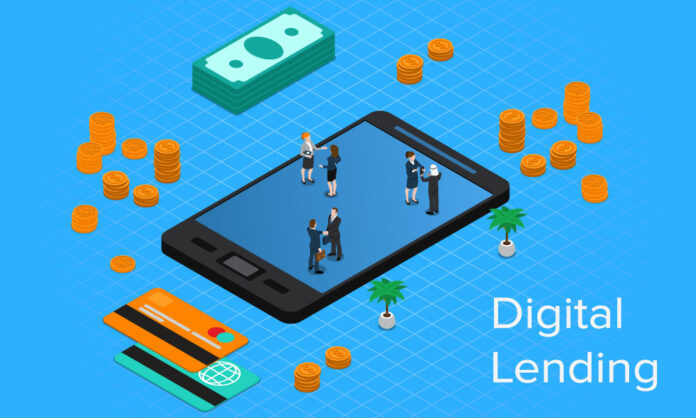Digital lending is the process of providing loans digitally that are applied, managed, processed through digital channels. Digital lenders are using digital data to make conclusions about credit decisions and build intelligent customer engagement.
The Covid-19 crisis has given wide opportunities in different business sectors. One side world is struggling to normalcy, but on the other side, the pandemic has created opportunities for innovation, learning, and behavioral shifts. Digital transformation has started, businesses have strengthened their technology investments on cloud-based products and services, and digital sales have gained more sales.
With all these changes happening, digital lending has become the new normal for the past ten months. Digitization of the lending process helps in so many benefits for banks, including better decisions, improved customer experience, and significant cost savings. Some of the AI applications that are used in the lending process are Robotic Process Automation, Document automation, Enterprise automation, and Electronic signature.
The digital lending process
The digitization of the lending process has different results globally with more focus on hybrid models. Digital lending can be divided into five parts such as acquiring and onboarding a customer to evaluating, disbursing the loan, and receiving payments.
Customer acquisition
Digital lenders get customers by using different digital marketing tools and digital onboarding channels, which are designed as physical touchpoints and referrals. The importance of acquisition is the customer’s identification. Digital lenders are using innovations of the new technology to check on the government and private sector verified records before lending.
Approval analytics
Digital lenders use this technology for checking the loan seeker’s background. Lenders verify the digital data to make quicker, automated, and more accurate decisions. Digital lenders use data sources like conventional and alternative data sources, advanced algorithms, and analytics to take secure decisions.
Disbursement and Repayment
Digital lenders collect the repayment of the amount through digital channels such as bank accounts, or mobile wallets. These cashless channels help in the improvement of operational efficiency and reduce fraud by giving access to their funds in a matter of seconds.
Collection
Digital lenders depend on data and algorithms to get the repayment process. Neglectful customers are filtered through a customized recovery strategy and will be blacklisted.
The future ahead
FinTech lenders are currently playing an important role in getting back the economy status. The after-effects of disrupting digital lending are customer engagement, origination, the credit assessment, underwriting, risk monitoring, compliance, governance, and collection. Digital lending is expected to be a helping hand in the financial sector.

